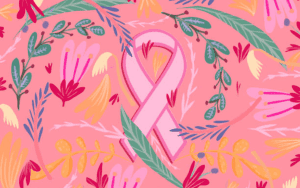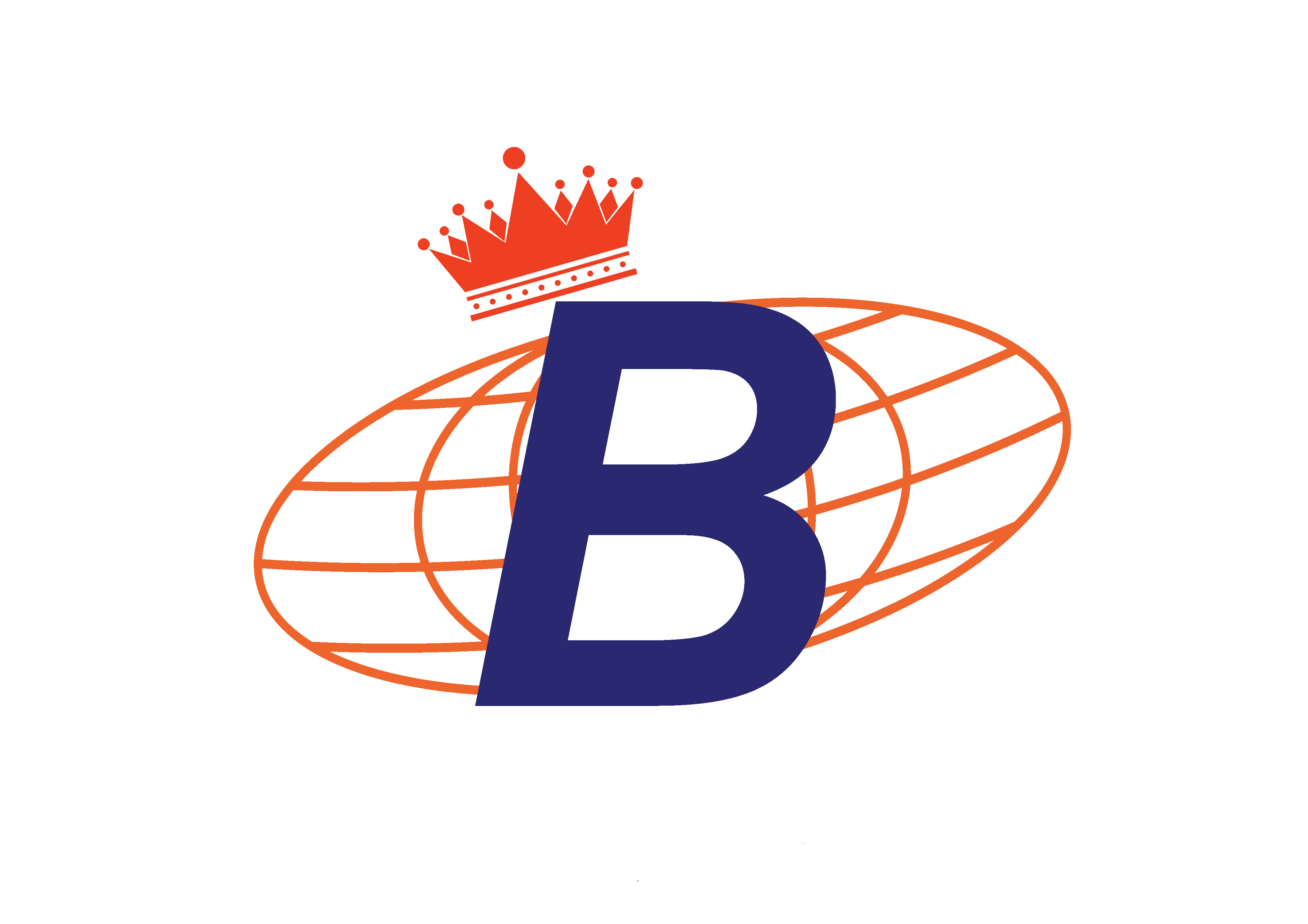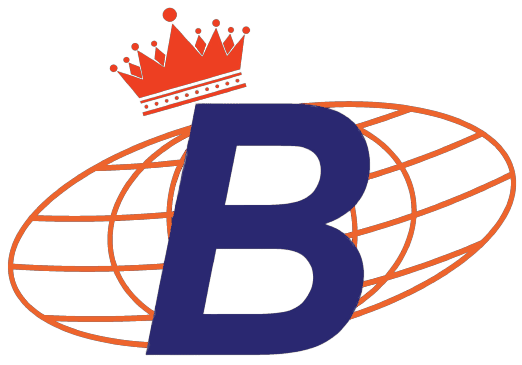How Secure Are We; Against Threats to Our Financial Strategy?

What is a financial strategy? And how it has the worst effects on our lives when we do not make our economic strategy.
A financial strategy? Insurance is not a central part of the financial plan that we are implementing. The most common explanations are that we feel “invincible,” that bad things happen to other people but never to us, and that the product is intangible.
What will I “get back” is frequently asked by potential participants. In this piece, we will explain why it’s so crucial to risk management and why you should care.
Every Day,
Whether awake or not, we’re putting our lives on the line. Consequently, we are given the option of taking the risk of potential losses head-on and managing them ourselves or shifting the risk to an outside entity (often through insurance) to lessen the blow of any such losses that may occur.
Should we decide on the former, we will bear full responsibility for any resulting loss. We pay a nominal payment on a regular schedule (monthly, quarterly, semiannually, or annually) to have the risk transferred to an insurance company.
Knowing the exact number is hard, but many people and households have decided against insurance. Fail to do so, and we expose ourselves, our family, and our business to substantial financial risk.
Some of these dangers may threaten people’s lives or property. Insurance is necessary because these risks cannot be eradicated, despite our best efforts to prevent or lessen their impact.
In This Piece, We’ll Discuss How Having a Financial Strategy Affects and Benefits the Following:
The Threat of Early Death
The threat of Income Loss (disability)
• Danger of Deteriorating Health and Unanticipated Bills
BT Australia’s terminology is the threat of death before one’s time. Simply put, “Your life and your ability to create a living are more essential than anything else. Insuring yourself protects your most valuable asset.
Many factors, such as the deceased’s age, marital status, number and ages of children, whether or not they are still living at home, whether or not they have a mortgage, and the number and ages of extended family members, contribute to the devastating effect a death can have on a family’s financial situation.
And the household incomes of all those connected to this situation will be reduced. The tax-free insurance payout is a significant boon because it gives the deceased’s loved ones a lump sum of money that can be used for any number of purposes.
Therefore, it is important to periodically assess the degree of coverage based on replacement income with the Advisor based on changes in life circumstances and financial capacity. Having adequate life insurance ensures that the family may continue living as before the risk was incurred.
Income Risk (disability):


The National Insurance System (NIS) safeguards the income of taxpayers who become disabled and cannot work due to an accident or illness. The maximum monthly payout is $4,880, based on a percentage of the employee’s insurable wages. As a result of receiving the benefit, net income would decrease.
Less money after taxes and deductions would have an even bigger effect in cases where the person’s income exceeds the maximum insurable earnings. If you are struggling to make ends meet, consider how you would handle a decrease in revenue. Is there a potential for monetary stress? Dave Ramsey says, “Your biggest mistake is not having a plan.
The most valuable possession is the paycheck. Thanks to disability insurance, you and your loved ones can continue to live comfortably even if you become disabled and unable to work.
The Members of Your Household. It’s as Crucial as Buying Life Insurance.
In a society like the United States, where non-communicable diseases are common, and the risk of health impairment is significant, health care and preventative health care are of the utmost significance. As a perk for their staff, some companies offer group medical plans that pay for doctor visits, dental work, and eye exams.
Since it’s a perk, the monthly premium is usually split 50/50 between the business and the worker. However, in rare cases, the company may foot the entire bill. Those who are not eligible for group health coverage, such as those who are self-employed, semi-retired, or retired, must consider purchasing an individual policy.
In this case, the entire expense falls on the person responsible. Some people rely on the public health care system, which is struggling because hundreds lost their jobs due to the COVID-19 outbreak and are now using public services. Furthermore, public healthcare’s human resources need to be increased.
Breast Cancer Awareness
October is observed annually as National Breast Cancer Awareness Month. This year we have featured articles on three women who have overcome breast cancer: Joy-Ann Joseph, a wife and mother of five daughters; Stephanie St. Hill, a wife and mother of an adult son; and Jamie Stoute, a wife and mother of two young daughters.
Mrs Stoute has revealed that “we have a strong family history of cancer on both sides of the family.” In light of this, she began preemptive testing and ultimately underwent a double mastectomy. This woman’s double mastectomy became a reality far sooner than she had anticipated.
There is a Lack of Detail In
Mentioned publications on medical expenditures, but considering the varying estimates we have heard from time to time, cancer therapy could cost as much as $100,000 or more. So, it is very important to evaluate the options the plan holder presents in light of the degree to which you wish to be covered by the plan’s benefits.
If you already have medical health insurance, consider supplementing it with critical illness coverage. When diagnosed with one of the seventeen specified illnesses covered by the “critical illness” plan, a lump sum payout is paid out rather than receiving reimbursement for actual medical expenses.
Some examples of such conditions are cardiac arrest, stroke, certain types of malignancy, unconsciousness, and severe burns. The patient will have more financial stability to satisfy their obligations thanks to the lump sum. This aids the economic strategy in keeping us on track and moving forward.
Ask yourself, “Am I financially able to self-insure?” if you’re considering going without insurance. If you answered in the negative, it’s time to start thinking about when and how you’ll be able to pay to manage your risks.
For further detail click here,




